Welcoming a new puppy into your home can be one of the most joyous experiences, but it also comes with its share of challenges. Puppies, with their boundless energy and curiosity, often exhibit a range of behaviours that need guidance. Whether it's howling at a loud noise or chewing on your favourite pair of shoes, understanding how to effectively discipline your pup is crucial for fostering a harmonious relationship. In this post, we’ll guide new dog owners through the essentials of puppy discipline, covering the dos, don'ts, and effective techniques that will set your furry friend on the path to good behaviour.
Understanding Your Puppy's Mind
Before you can discipline a puppy, it's important to understand how your dog's mind works. Puppies are like sponges, absorbing everything around them. Their behaviour is driven by curiosity and exploration, and they are learning what is acceptable in their new environment. It's crucial to approach discipline with patience, recognising that your puppy is just beginning to learn the rules of your home. This understanding will aid in teaching them positive behaviour and correcting bad behaviours effectively.
The Importance of Positive Reinforcement

One of the most effective techniques in dog training is positive reinforcement. This method involves rewarding your puppy for exhibiting good behaviour. For example, when they follow a command or refrain from/stop biting, treats or verbal praise immediately reinforces the correct behaviour. Positive reinforcement encourages your pup to repeat the actions that lead to rewards, making it a powerful tool in shaping your puppy's behaviour towards what is expected. Remember, the key is consistency and immediate reward after the desired behaviour.
The Role of Crate Training
Crate training is an invaluable tool for new dog owners. It provides your puppy with a safe space, akin to a den, where they can retreat and relax. When used correctly, crate training can assist with house training and help manage bad behaviours like chewing things they shouldn't. It's important to introduce the crate positively, ensuring your puppy associates it with comfort rather than punishment. Over time, your pup will see the crate as their own safe haven, aiding in routine and discipline.
Establishing a Daily Routine

Puppies thrive on routine. Establishing a daily schedule helps your puppy understand what is expected of them throughout the day. This routine should include regular feeding times, walks, play, and rest periods. A consistent routine not only aids in house training but also helps prevent bad behaviour born from boredom or anxiety. Consistency in their daily life provides structure, which is essential in teaching them discipline and encouraging good behaviours.
Simple Commands and Correcting Bad Behaviour
Teaching simple commands is fundamental in disciplining a puppy. Commands like "sit," "stay," and "come" form the basis of dog training and are crucial for safety and control. When a dog misbehaves, such as barking excessively or ignoring commands, it's important to correct this behaviour promptly. Ensure corrections are firm yet gentle, using techniques like redirecting their attention or using a sharp "no" to signify unwanted behaviour. Avoid physical punishment, as it can harm the trust between you and your pup.
The Power of Chew Toys

Chewing is a natural behaviour for puppies, particularly when they are teething. Providing them with appropriate chew toys can prevent them from chewing on household items. Encourage your puppy to use these toys by praising them when they do so. Chew toys not only satisfy their urge to chew but also aid in keeping their teeth healthy. By directing their natural instincts towards acceptable behaviour, you'll prevent damage to your home and promote a positive outlet for their energy.
How to Tell a Puppy Off Without Fear
Correcting a puppy's behaviour doesn't mean instilling fear. It's important to discipline in a way that doesn't scare or hurt your puppy. Use a firm tone to convey disapproval, but ensure your body language is non-threatening. Time outs can be an effective method to show your puppy that certain behaviours are unacceptable. Place them in a neutral room for a short period to calm down and reflect on their actions. This teaches them boundaries without inducing fear.
Building a Strong Relationship Through Play

Play is an essential part of a puppy's development and learning. It strengthens the bond between you and your pet while providing opportunities to teach them important behaviours in a fun setting. Interactive games like fetch or tug-of-war can teach your puppy to follow commands and respect rules. Always end play sessions with calm behaviour to reinforce the idea that playtime has boundaries. This builds a positive relationship and reinforces good behaviour.
When to Seek Professional Advice
Sometimes, despite best efforts, a puppy's behaviour might be challenging to manage alone. It's important to recognise when to seek the help of a professional trainer or veterinarian. They can provide expert advice tailored to your specific situation, helping address serious behavioural issues such as aggression or fearfulness. Professional input can offer new strategies and insights, ensuring your puppy receives the best guidance possible.
Avoiding Physical Punishment

Physical discipline should never be part of your training regime. If you physically discipline your puppy, it can not only can it damage the trust between you and your pup, but it may also result in fear or aggression. Focus on training methods that promote positive behaviour and understanding. Remember, being patient and consistent are the most important things when training and disciplining your puppy. Building a relationship based on trust and respect is key to raising a well-behaved dog.
Encouraging Socialisation
Socialisation is crucial in preventing fear and aggression in dogs. Introduce your puppy to a variety of environments, people, and other animals from a young age. Positive interactions will help them become well-rounded, confident dogs. Supervise these encounters to ensure they are positive experiences, correcting any bad behaviour with gentle guidance. Socialisation teaches your puppy how to behave appropriately in different situations.
The Impact of Stress on Your Puppy

Understanding that a puppy's behaviour can be influenced by stress is crucial in their discipline training. Changes in their environment, loud noise, or new experiences can lead to stress-induced behaviours such as barking or destructive chewing. Recognise signs of stress in your pup and provide comfort and reassurance. A calm environment and a reassuring presence will help your puppy feel secure and reduce negative behaviour.
Conclusion
Raising a well-behaved puppy requires patience, consistency, and understanding. By using positive reinforcement, establishing a routine, and providing guidance without fear, you can discipline your puppy effectively. Remember that each dog's behaviour and personality are unique, and what works for one pup may need adjusting for another. The most important thing is to build a loving relationship with your puppy, encouraging good behaviours and guiding them through their new world. If you find yourself needing extra help, don't hesitate to consult with a professional trainer who can provide tailored advice. With time and effort, your puppy will grow into a well-mannered member of your family, bringing joy and companionship into your life.
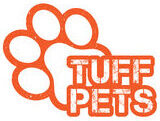
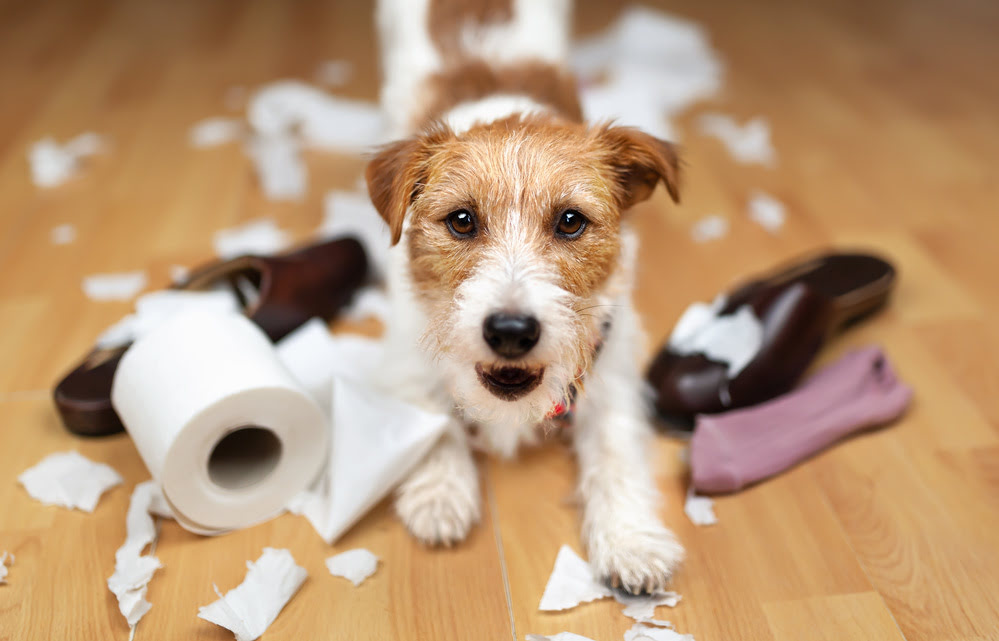
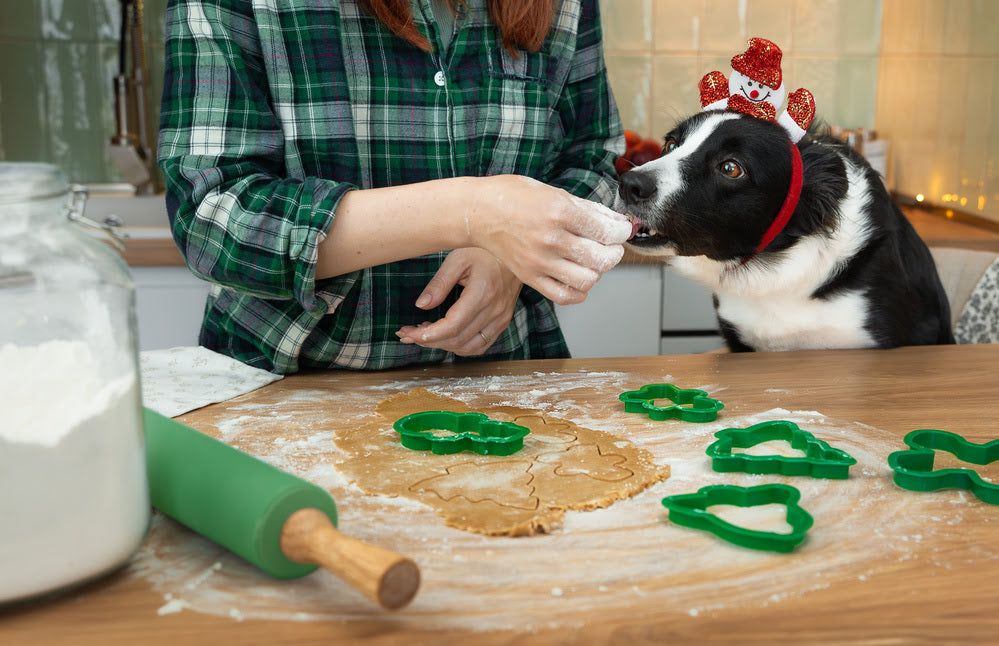
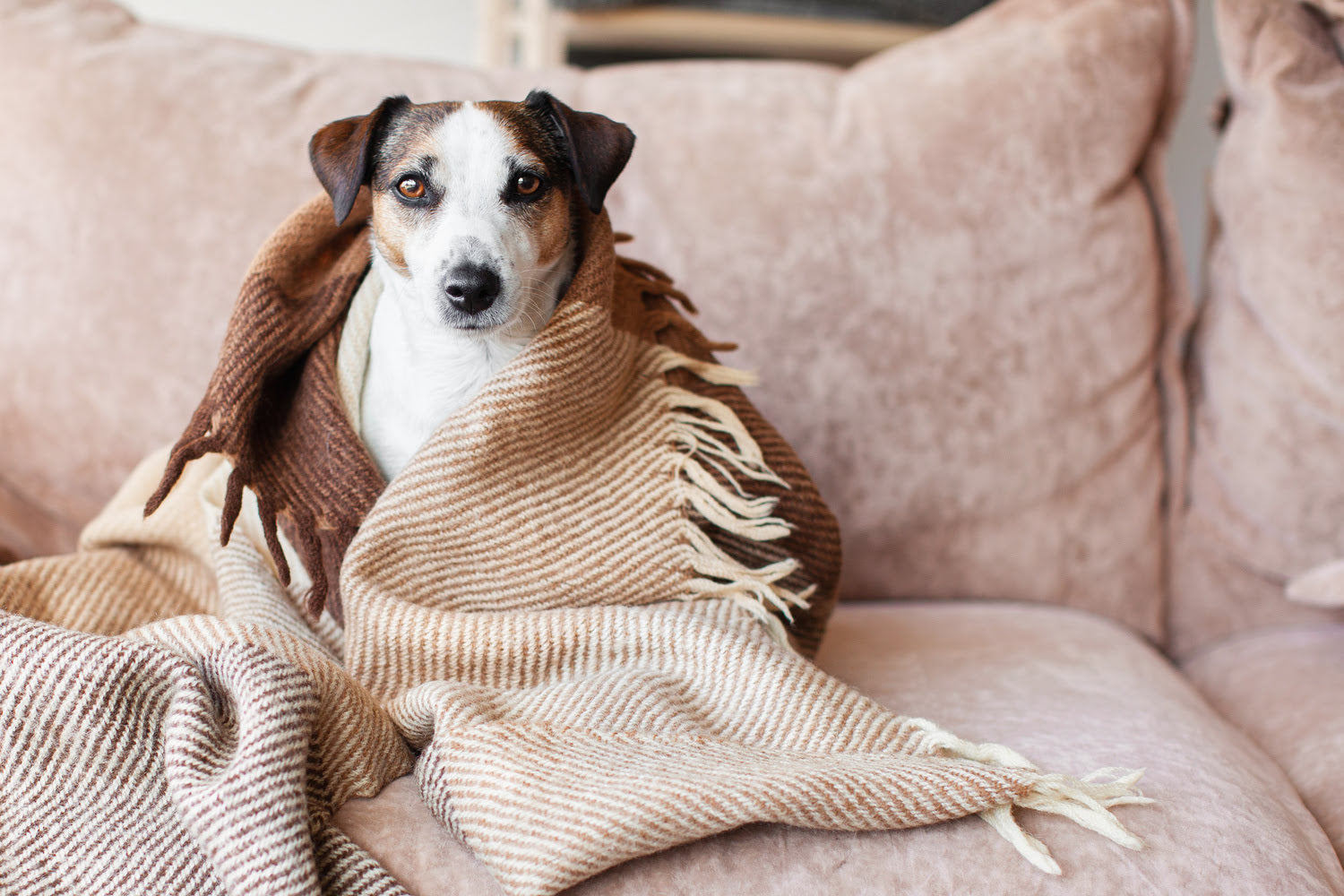
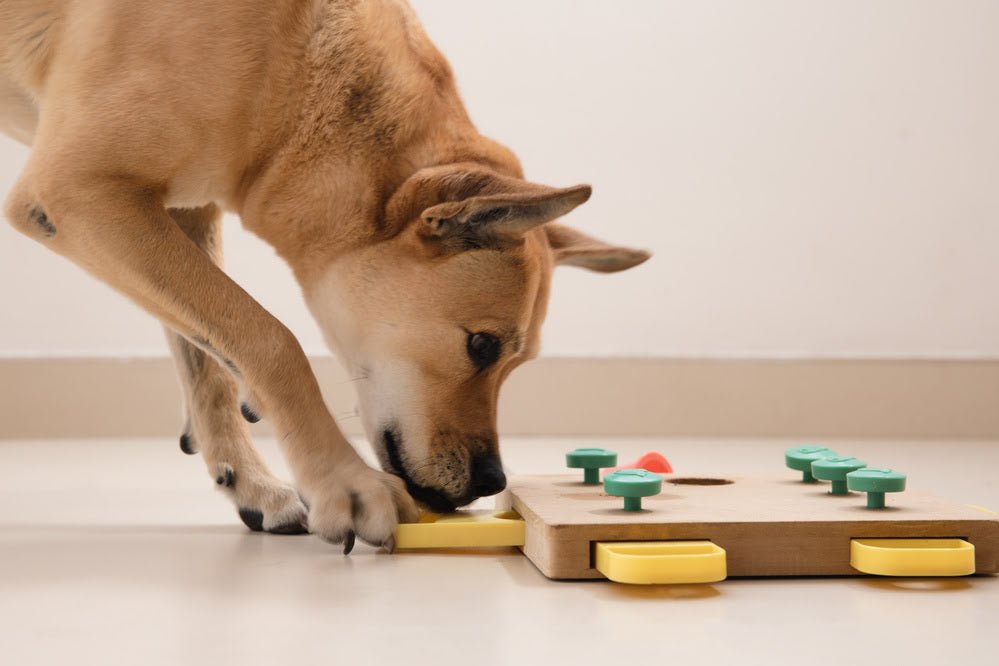

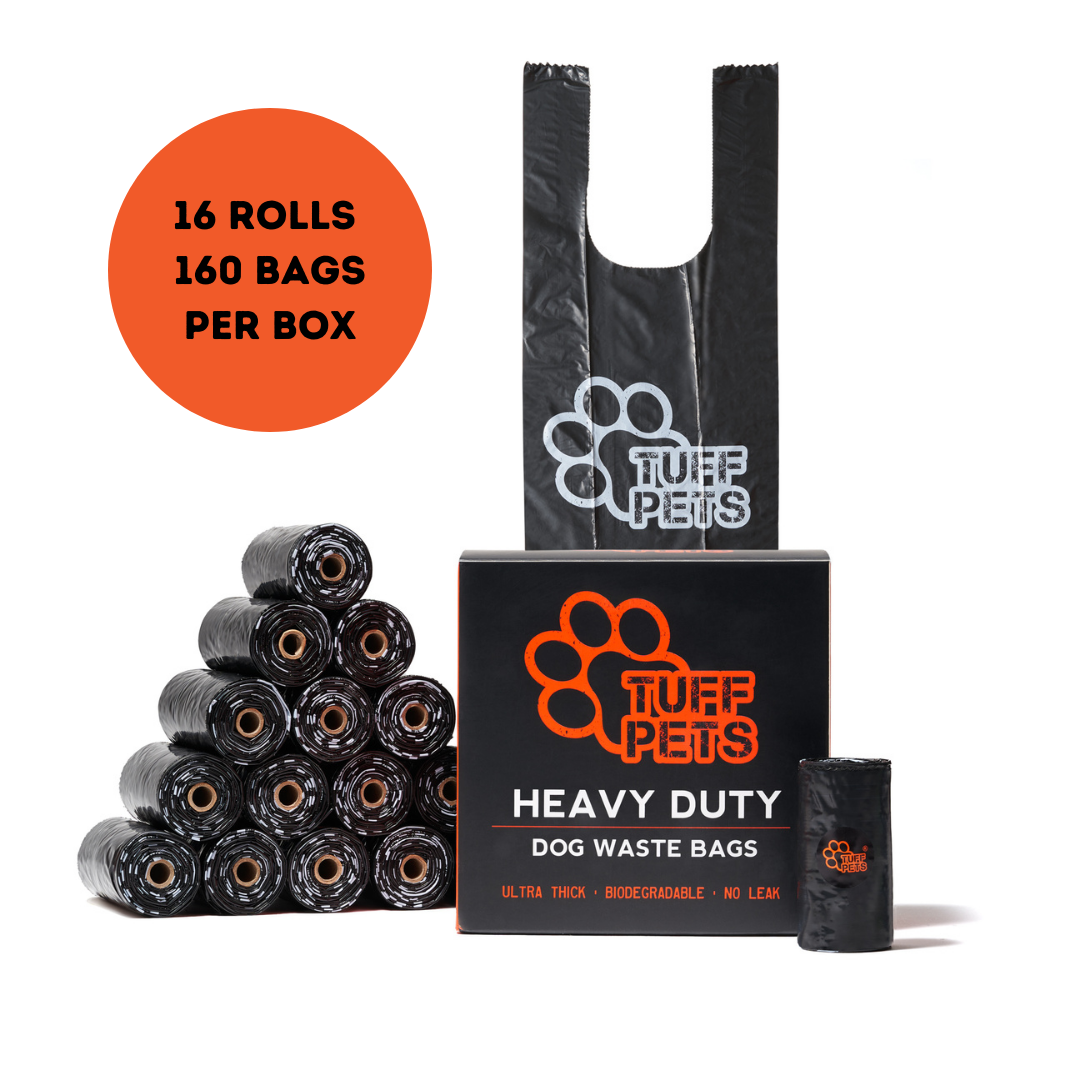
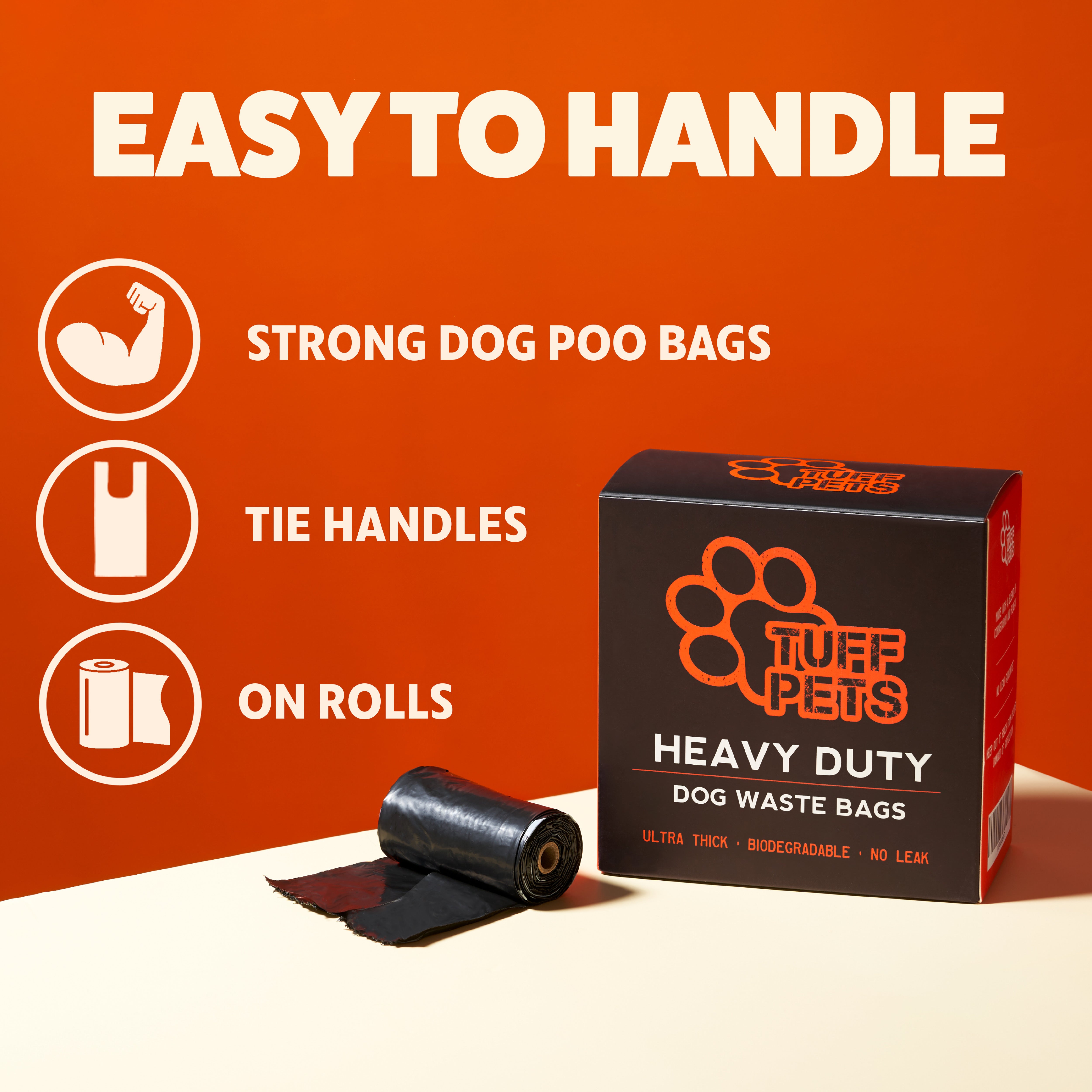
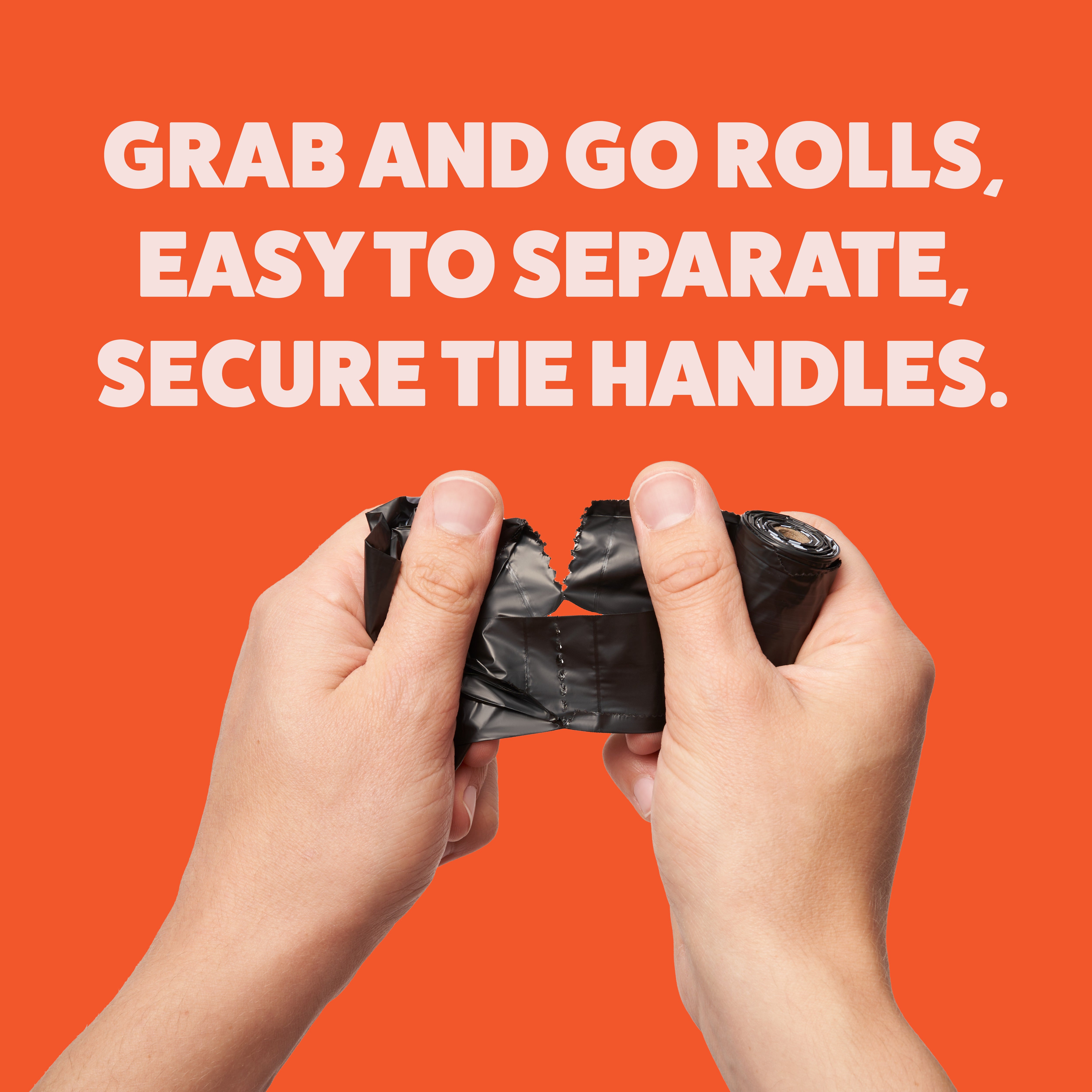
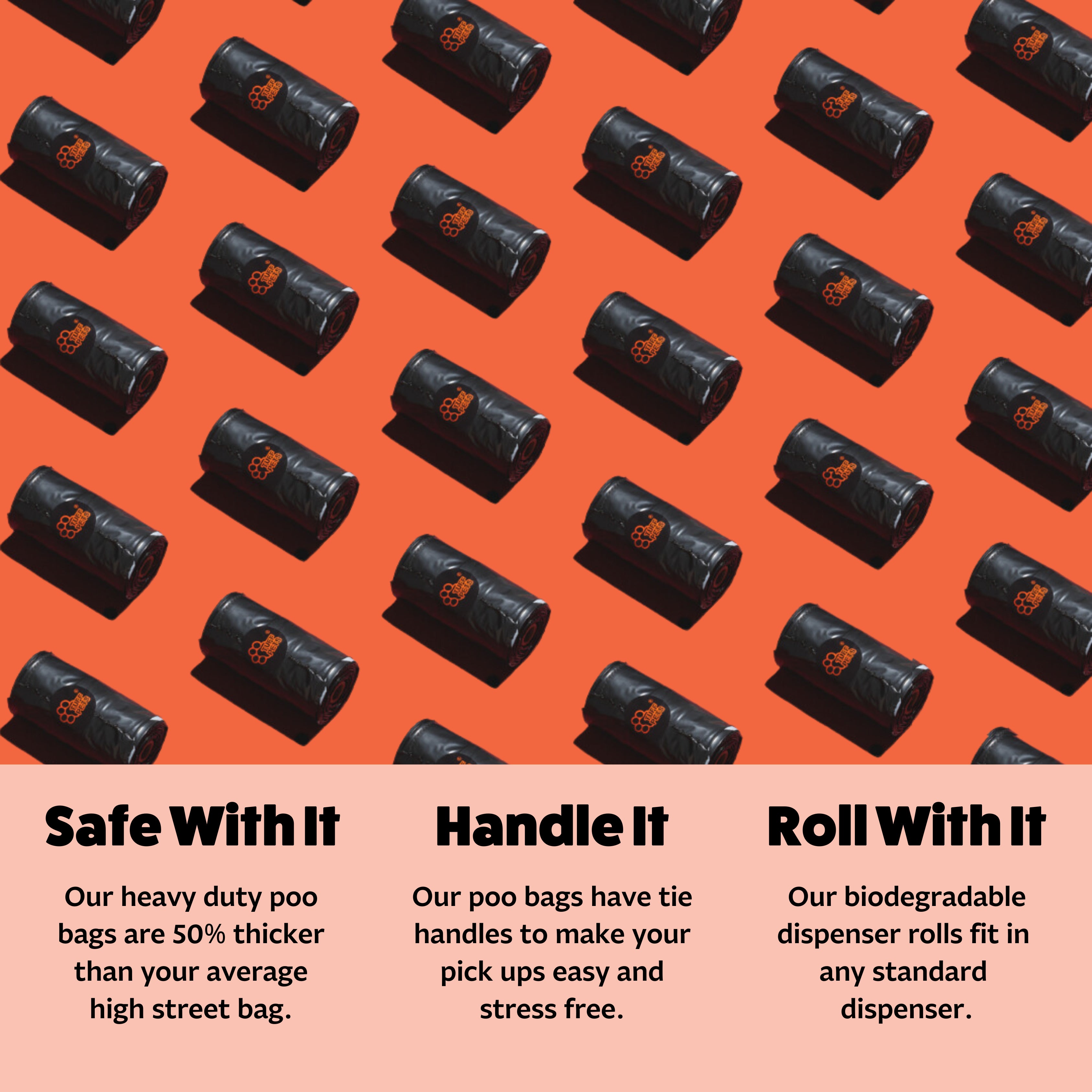


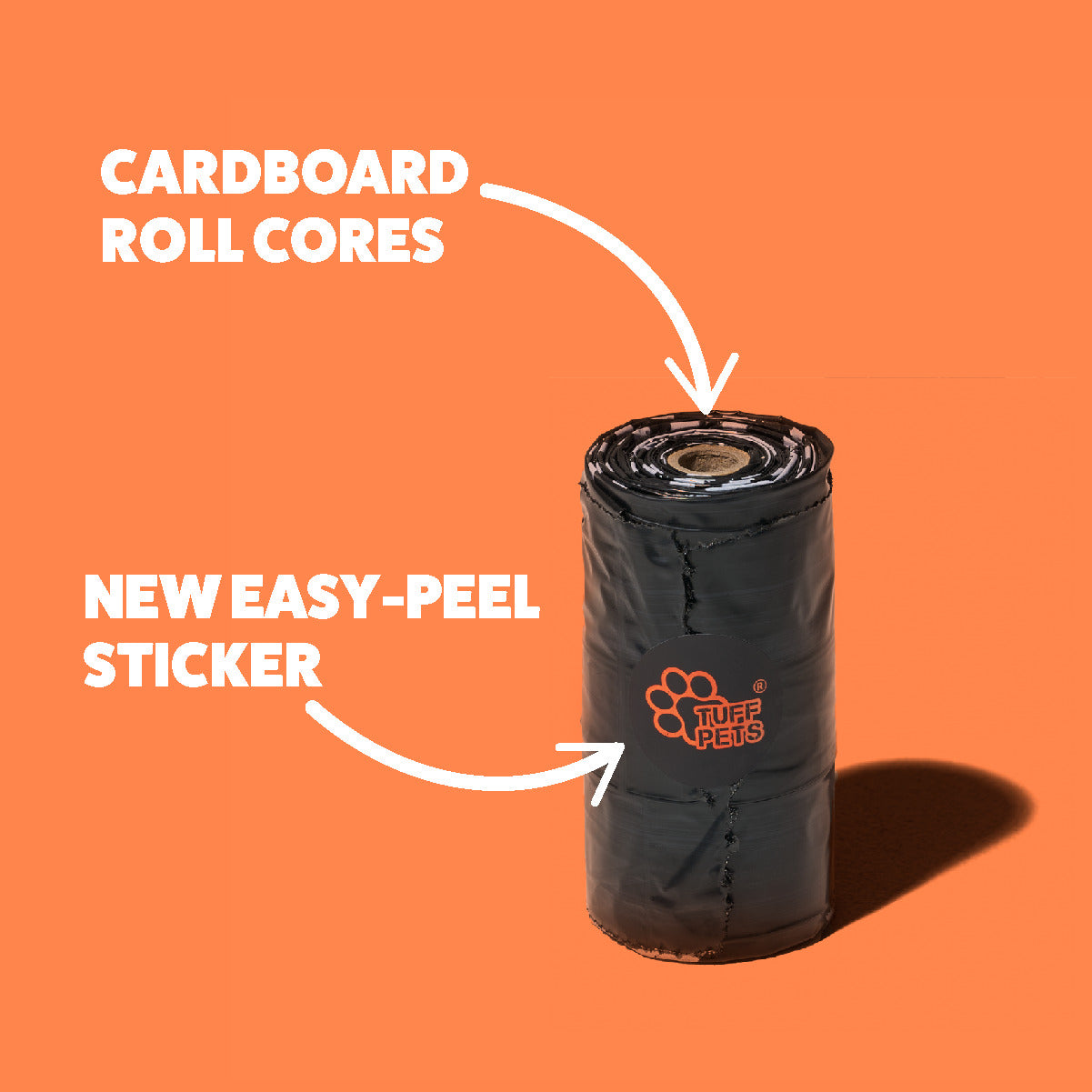
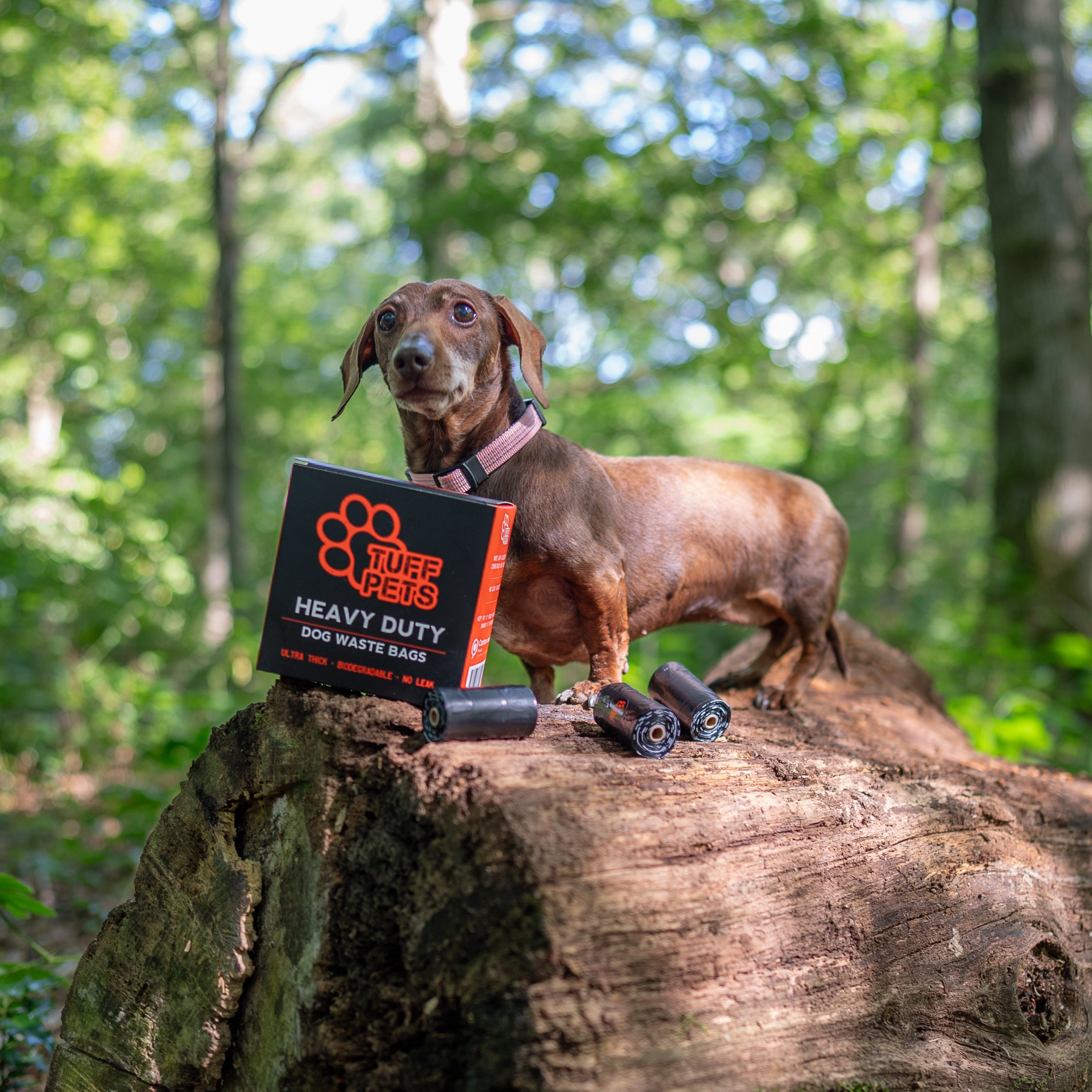

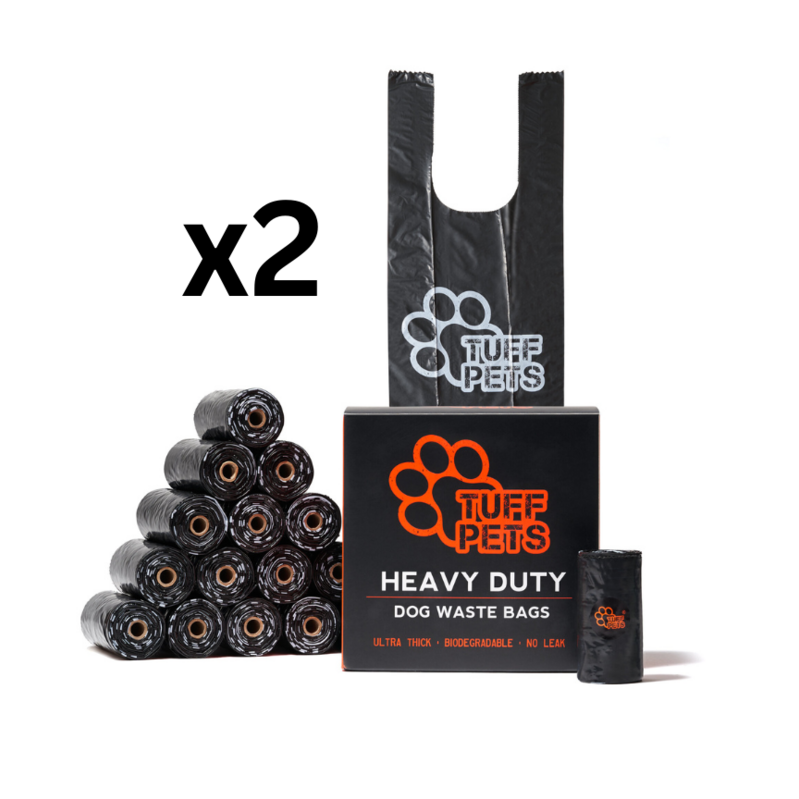
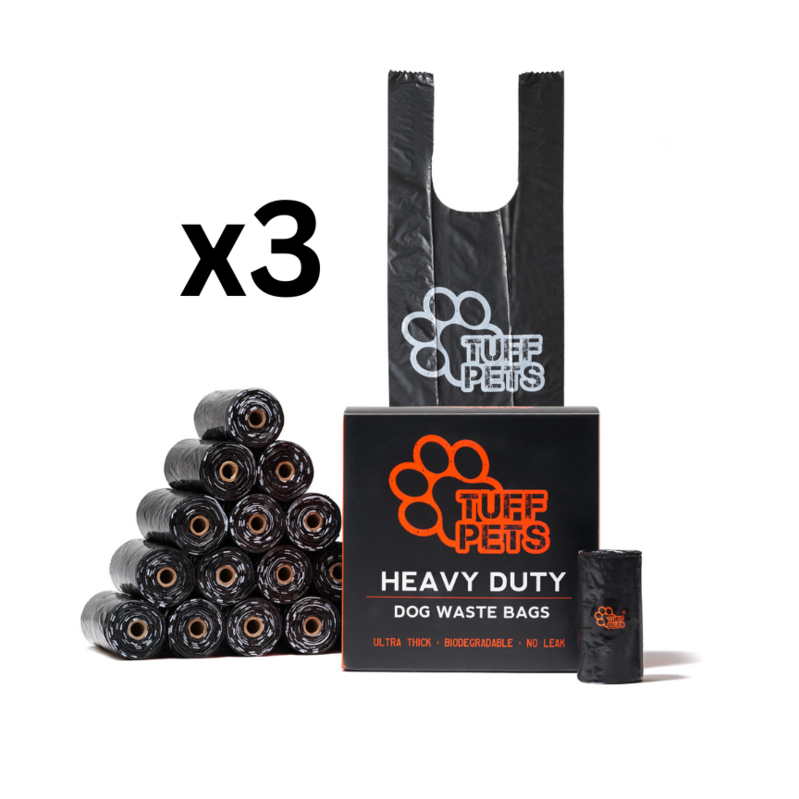
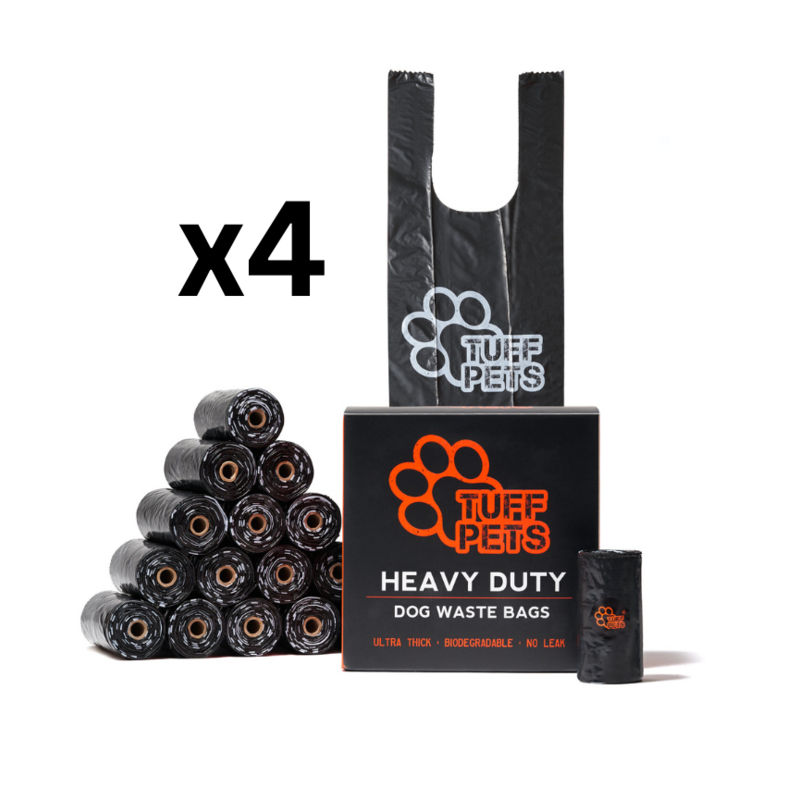
Share:
The Curious Case of Scooting Dogs and How to Help Them
Puppy Playtime with Purposeful Training Games